
Powdery Mildew on Watermelon Found in South Carolina
Dr. Anthony Keinath, Vegetable Pathologist at Clemson University Coastal Research & Education Center, has informed us that powdery mildew …



El inglés es el idioma de control de esta página. En la medida en que haya algún conflicto entre la traducción al inglés y la traducción, el inglés prevalece.
Al hacer clic en el enlace de traducción se activa un servicio de traducción gratuito para convertir la página al español. Al igual que con cualquier traducción por Internet, la conversión no es sensible al contexto y puede que no traduzca el texto en su significado original. NC State Extension no garantiza la exactitud del texto traducido. Por favor, tenga en cuenta que algunas aplicaciones y/o servicios pueden no funcionar como se espera cuando se traducen.
Inglês é o idioma de controle desta página. Na medida que haja algum conflito entre o texto original em Inglês e a tradução, o Inglês prevalece.
Ao clicar no link de tradução, um serviço gratuito de tradução será ativado para converter a página para o Português. Como em qualquer tradução pela internet, a conversão não é sensivel ao contexto e pode não ocorrer a tradução para o significado orginal. O serviço de Extensão da Carolina do Norte (NC State Extension) não garante a exatidão do texto traduzido. Por favor, observe que algumas funções ou serviços podem não funcionar como esperado após a tradução.
English is the controlling language of this page. To the extent there is any conflict between the English text and the translation, English controls.
Clicking on the translation link activates a free translation service to convert the page to Spanish. As with any Internet translation, the conversion is not context-sensitive and may not translate the text to its original meaning. NC State Extension does not guarantee the accuracy of the translated text. Please note that some applications and/or services may not function as expected when translated.
Collapse ▲
Dr. Anthony Keinath, Vegetable Pathologist at Clemson University Coastal Research & Education Center, has informed us that powdery mildew …

In the past week we have seen a few cases of watermelon transplants with leaf spot symptoms (Fig. 1). …
A recent change to the publishing model for journals produced by the Entomological Society of America has the potential …
I have recently received a few question about organic aphid management in tobacco, specifically about efficacy of different foliar …

After a long winter’s nap, Hosta virus X (HVX) has emerged again. We usually see only one or two …

Late blight, caused by Phytophthora infestans, was detected on tomato in a home garden in Beaufort County, SC on …
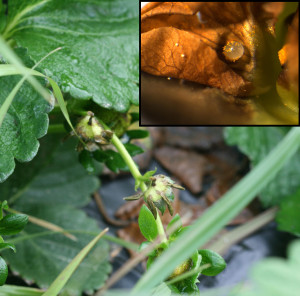
We are seeking strawberry growers willing to let us scout their fields for early season strawberry clipper activity. Graduate student …
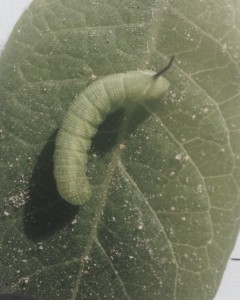
As part of our annual flue-cured tobacco production surveys, we asked county extension agents questions about current insect pest-control …

If you have fruit trees, now is a good time to inspect them for scale insects. White peach scale …
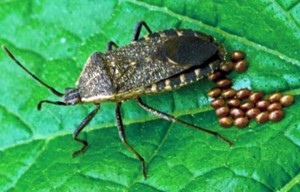
A common question from growers is “How do I control squash bugs?” A research article in Journal of Integrated …

PPO-resistant pigweed, ragweed will be a major concern in 2016 for NC growers. The Southeast Farm Press recently released an …

Greetings everyone! My name is Sara Villani and I am your new apple and ornamental pathologist at North Carolina …

The Southern Region Small Fruit Consortium (SRSFC) Southeast Regional Strawberry Integrated Pest Management Guide is now available. This annually updated guide contains …
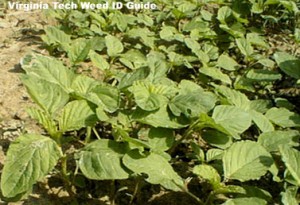
Eric P. Prostko with University of Georgia explains behind-the-scene details about herbicide weed recommendations. This is the time of year …

This 2012 Focus on Tomato presentation by Dr. Tom Kuhar at Virginia Tech helps consultants, growers, applied researchers and other …
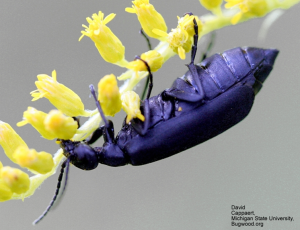
By Wes Watson, David Orr, and Steve Bambara, Department of Entomology & Plant Pathology, North Carolina State University Introduction. Blister …
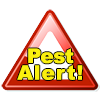
from Jim Dunphy, Extension Crop Science Specialist (Soybeans) Asiatic Rust has recently been confirmed on soybeans closer to our NC …

We observed both a decrease in flea beetle populations and an increase in predators this week at our remaining …

Elm trees (Ulmus spp.) are prized landscape and street trees valued for their canopy shape …

This factsheet describes the biology of the cane lace bug or bamboo lace bug, Leptodictya …
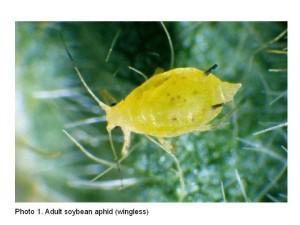
This soybean insect factsheet describes the biology, damage, and control of the soybean aphid, a …

This factsheet describes the biology of the banded sphinx moth or lesser vine sphinx, Eumorpha …

This factsheet describes the biology of the elm-grass root aphid, Tetraneura ulmi, and provides residential …
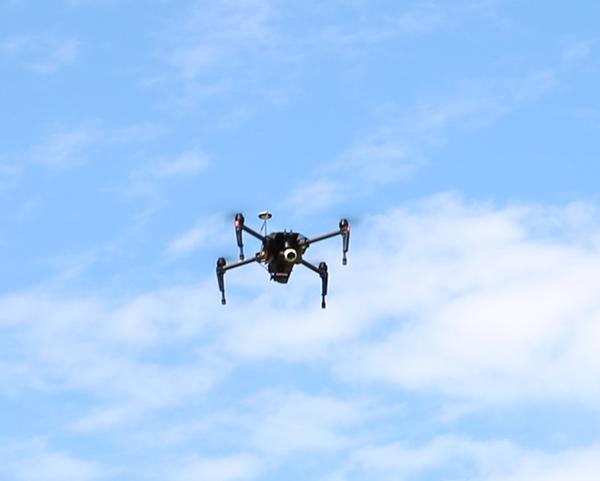
This publication discusses flying unmanned aerial vehicles (drones, model aircraft) for commercial purposes. You'll learn …
This publication describes the life cycle, scouting and treatment of the balsam twig aphid, a …

This article will cover two important scale insect pests of blueberries in North Carolina, terrapin …